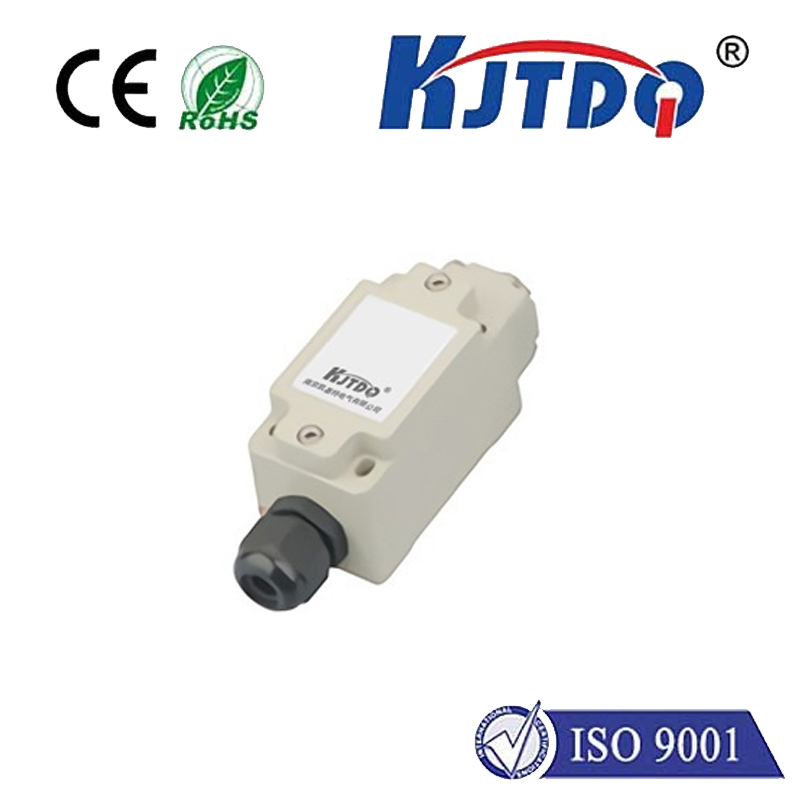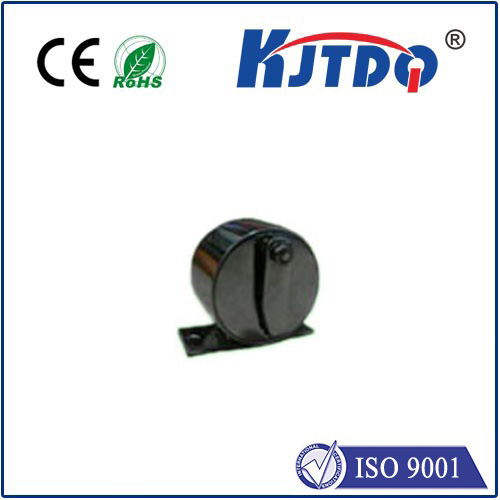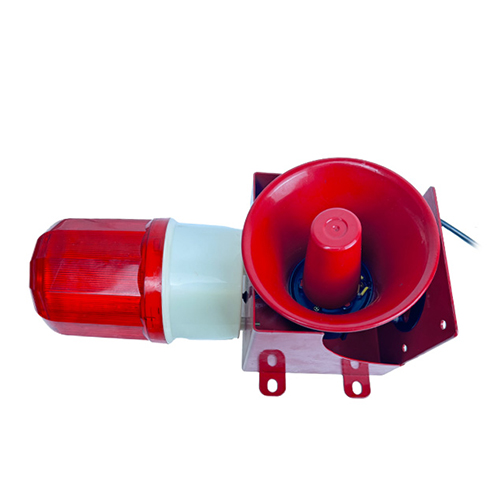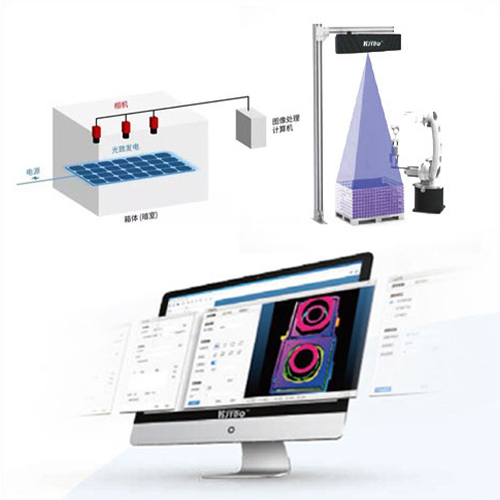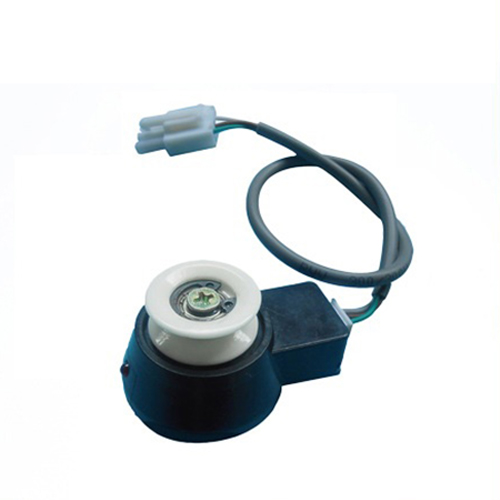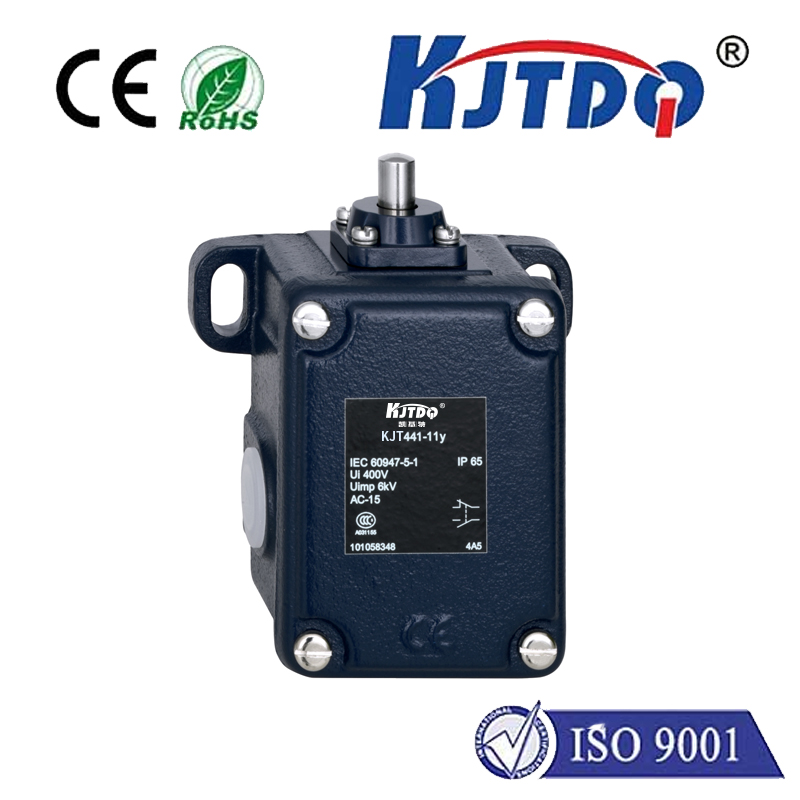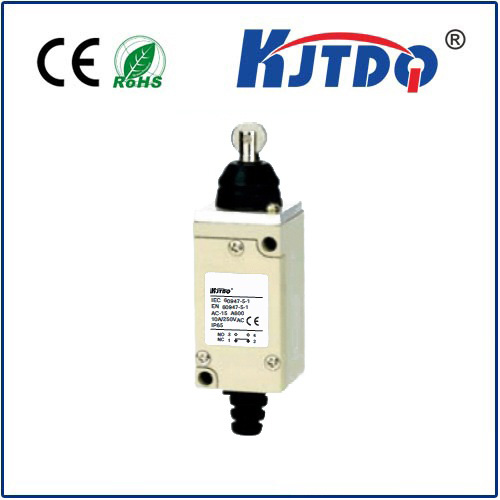for fibre optical sensors
- time:2025-08-16 05:02:46
- Click:0
Unlocking Precision: The Transformative Power of Fibre Optic Sensors
Imagine monitoring the structural integrity of a deep-sea oil pipeline, detecting minute chemical changes inside a live human artery, or precisely mapping temperature shifts across miles of power cable – all in real-time, immune to lightning strikes, corrosive chemicals, or extreme heat. This isn’t science fiction; it’s the tangible reality delivered by fibre optic sensor technology. Moving far beyond mere data transmission, optical fibres have emerged as exceptionally versatile and robust platforms for sophisticated sensing applications across countless industries.
At its core, a fibre optic sensor operates by exploiting the intricate interplay between light travelling through an optical fibre and its surrounding environment. Physical parameters like temperature, pressure, strain, vibration, or chemical composition interact with the light within the fibre. This interaction subtly alters specific properties of the light – its intensity, phase, wavelength, or polarisation. Sophisticated instrumentation detects these minute changes and translates them into highly accurate measurements of the parameter in question. This fundamental principle unlocks a world of sensing capabilities unattainable with conventional electronic sensors.

Why are fibre optic sensors increasingly the preferred choice? Their unique advantages are compelling:
- Immunity to Electromagnetic Interference (EMI): Unlike electrical sensors, light-based measurements are completely unaffected by powerful electromagnetic fields. This makes fibre optic sensors indispensable in environments like power generation facilities, near heavy machinery, around MRI scanners, or within utility substations.
- Intrinsic Safety: With no electrical current at the sensing point, these sensors are inherently spark-free. This intrinsic safety is critical in explosive or flammable atmospheres, such as oil and gas refineries, mining operations, or chemical plants, significantly reducing the risk of ignition.
- Resistance to Harsh Environments: Optical fibres, typically made from silica glass, exhibit exceptional resilience. They withstand extreme temperatures (both high and cryogenic), high pressures, corrosive chemicals, and intense radiation – conditions that rapidly degrade or destroy conventional sensors.
- Long-Distance & Distributed Sensing: A single optical fibre can act as a continuous sensor over kilometres. Techniques like distributed sensing (e.g., Distributed Temperature Sensing - DTS, Distributed Acoustic Sensing - DAS, Distributed Strain Sensing - DSS) allow measurements at every point along the fibre’s length. This enables unprecedented monitoring of vast infrastructures like pipelines, perimeters, tunnels, dams, and power cables.
- High Sensitivity and Accuracy: Leveraging the precision of light, these sensors can detect extremely small changes in parameters, often with superior accuracy and resolution compared to their electronic counterparts. This is crucial for applications like early-stage damage detection or precise biochemical analysis.
- Multiplexing Capability: Multiple sensors can be integrated along a single optical fibre line using techniques like fibre Bragg gratings (FBGs) or wavelength-division multiplexing (WDM). This drastically reduces cabling complexity and installation costs for large-scale monitoring networks.
- Small Size and Lightweight: The compact and flexible nature of optical fibres allows for minimally invasive installation in confined spaces or embedding within composite materials without significantly altering their structural properties.
The diverse application landscape for fibre optic sensors is vast and continuously expanding:
- Industrial Monitoring: Real-time condition monitoring of critical machinery (bearings, motors, turbines), process control in harsh environments (chemical reactors, furnaces), and leak detection in pipelines using distributed sensing. Intrinsic safety ensures reliable operation in volatile zones.
- Energy Sector: Monitoring temperature profiles along power cables (preventing overloads), structural health of wind turbine blades, downhole conditions in oil & gas wells (pressure, temperature, seismic), and distributed sensing for pipeline integrity management.
- Civil Engineering & Infrastructure: Structural Health Monitoring (SHM) of bridges, dams, buildings, tunnels, and historical structures. Detecting strain, cracks, vibrations, and settlement provides early warnings of potential failure, enabling preventative maintenance. Distributed sensing offers unparalleled coverage for megastructures.
- Security & Defense: Perimeter intrusion detection systems using distributed acoustic sensing (DAS) for pipelines, borders, or critical facilities. Underwater surveillance (sonar arrays), and acoustic monitoring for vehicle or personnel detection.
- Medical & Biotechnology: Miniaturised fibre optic sensors enable in-vivo measurements of temperature, pressure (e.g., intracranial, intrauterine), blood flow, oxygen saturation, pH levels, and specific biomarkers. Their small size, biocompatibility, and EMI immunity are ideal for MRI-guided procedures and implantable devices.
- Aerospace: Embedding sensors within aircraft wings, fuselages, and rocket components for real-time strain, temperature, and vibration monitoring during testing and flight, enhancing safety and enabling predictive maintenance.
- Environmental Monitoring: Deploying rugged fibre optic sensors for temperature profiling in power lines (dynamic line rating), detecting ground shifts and landslides, monitoring river flows, or measuring pollution levels in groundwater.
Looking ahead, continuous advancements drive the evolution of fibre optic sensor technology. Research focuses on enhancing sensitivity for biochemical detection, developing novel fibre structures and coatings for specific analytes, improving the cost-effectiveness of interrogation systems, and integrating sensor data with artificial intelligence for smarter predictive analytics. The ability to provide accurate, reliable, and distributed measurements in environments hostile to conventional electronics solidifies fibre optics as a cornerstone for the future of sensing. From safeguarding critical infrastructure to enabling breakthroughs in medical diagnostics, these remarkable light-driven sensors are illuminating a path toward greater safety, efficiency, and understanding across our increasingly complex world.















